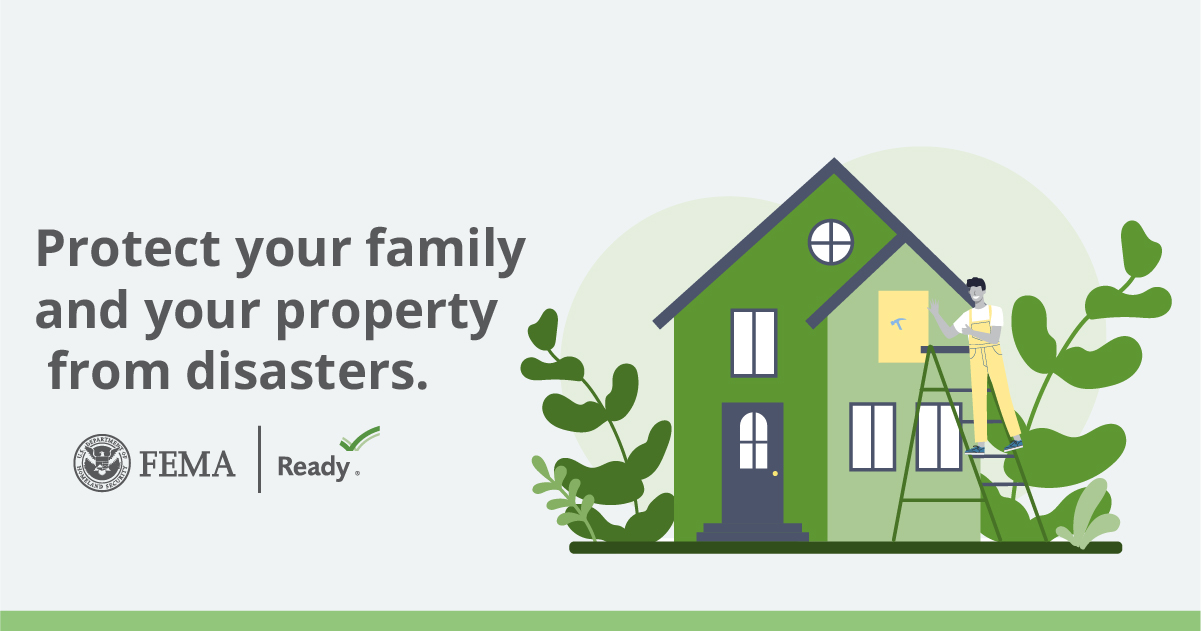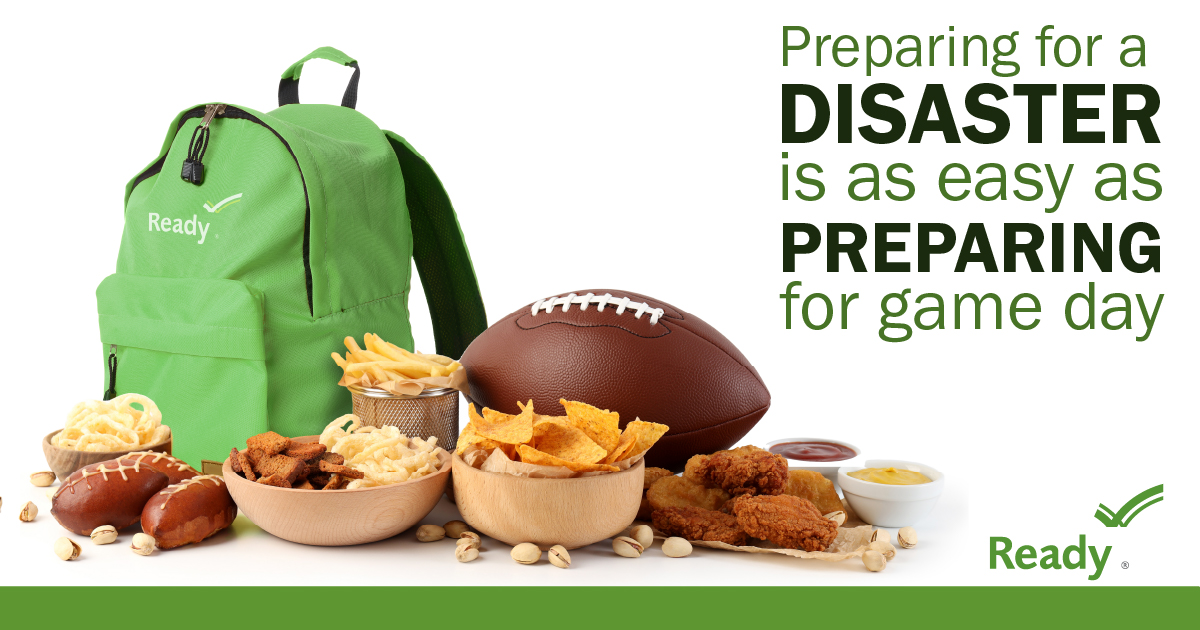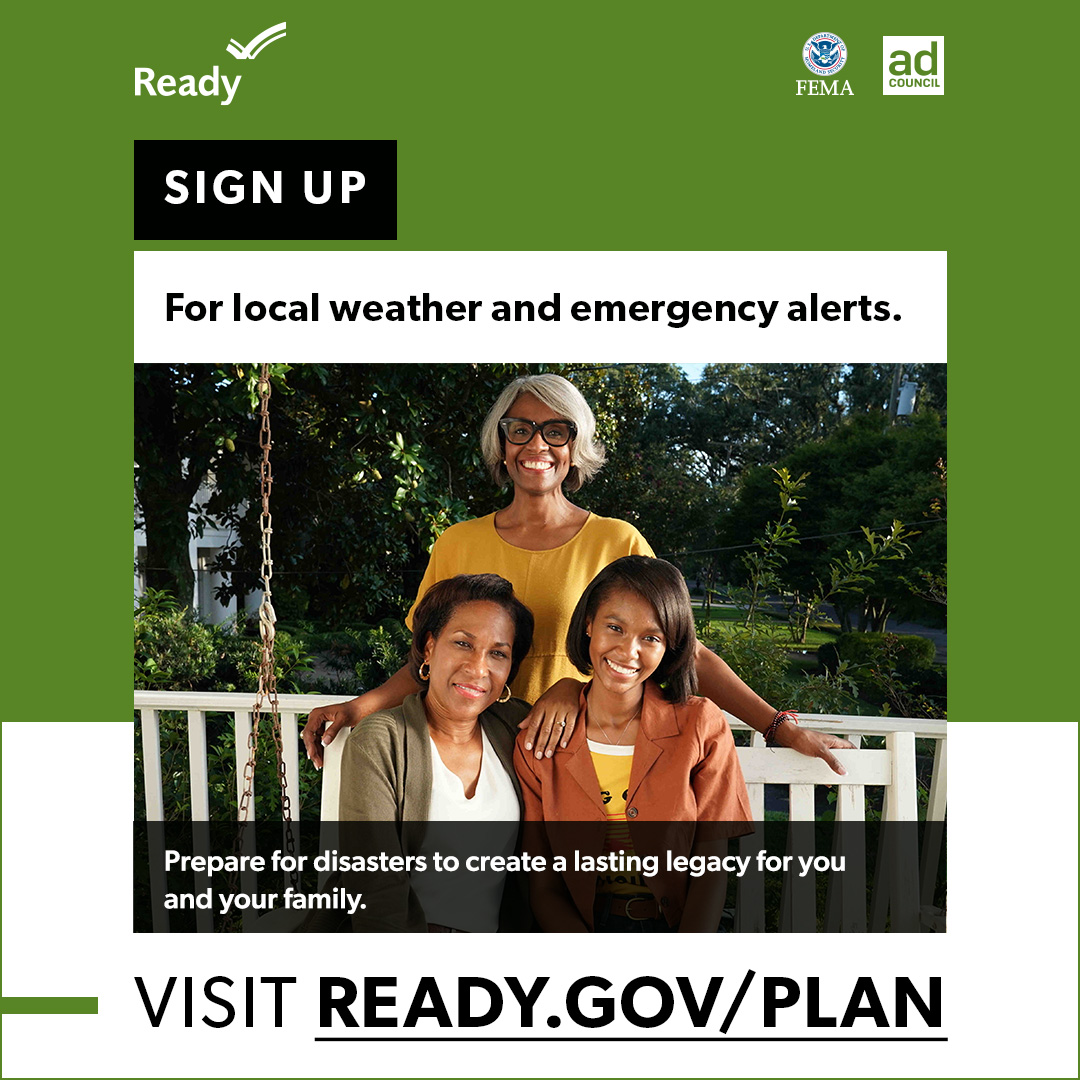
Emergency Preparedness: 15 Best Tips
What Is The Importance of Emergency Preparedness?
Emergency preparations involve getting ready to respond effectively to a wide range of potential emergencies. Natural disasters and other emergencies can happen at any time to anyone and usually catch people unprepared. When disaster strikes, whether it's a natural event like a hurricane or an unexpected crisis like a power outage, being prepared can make all the difference.
From creating an emergency kit to safeguarding important documents, taking proactive steps can help you stay safe and minimize the impact of unforeseen events. In this post, we’ll share 15 of the best tips for emergency preparedness to help you build confidence and resilience in the face of any emergency situation.
Emergency Preparedness Matters When It Hits Close To Home
15 Best Tips to Prepare for Emergencies
Overall, emergency preparedness is an investment in your safety, security, and the well-being of your loved ones. It’s a responsible and practical approach to facing the uncertainties of life and the potential challenges that emergencies can bring.
Our best tips for emergency preparedness involve three parts:
Making an emergency plan
Building an emergency kit
Staying informed

Making An Emergency Plan
By making your emergency plan, you are proactively mitigating your future risks by securing the resources you need on hand to keep you self-sufficient and secure. The time to prepare is now – before the emergency occurs.
Tip 1: Assess Your Risk
Specific emergencies to prepare for depend mostly on your location, the risks most likely to occur there, and your individual circumstances.
Conduct a risk assessment to identify the most likely emergency situations in your area, and focus your emergency plans and resources to best address those specific risks.
Tip 2: Mitigate Risks
Come up with strategies to mitigate risks with additional insurance, if possible. For example, I live in a flood zone, so I make sure I renew my flood insurance policy each year.
Reinforce your home to withstand potential natural disasters common in your area.
Safeguard the contents of your home based on the type of risk of emergency. For example, for flood prone areas much can be preserved by safeuarding contents of lower level of the home and garage against water damage.
Know the emergency plans and procedures of your workplace, schools, and other places you frequently visit.
Install smoke alarms and carbon monoxide detectors in your home.
Develop Digital Preparedness: backup your important files and know how to access them.
Participate in community risk mitigation meetings and activities.
Tip 3: Make Sure Your Emergency Plan Is In Written Format
A hardcopy of the plan is important if the power is cut off and you can’t access your emails or computer files.
Your written plan should contain all contact info meeting places, and evacuation routes.
Incorporate special situations in your family that could make emergencies even more of a challenge, such as limited mobility, age, and special health conditions.
Write down your family emergency plan and distribute copies to each family member. Store a copy in your emergency kit and keep one at work or in your car.
Tip 4: Make A Communication Plan
Creating a family communication plan for emergencies is essential to ensure the safety and well-being of your loved ones, friends, and neighbors.
Your plan should include how will you communicate with loved ones if your cell phones are not operational or the power is out and you can’t charge them.
Designate an out-of-town contact person who can serve as a central point of communication for your family members in case local communication is disrupted and make sure that everyone in your family has this contact information.
The list of emergency contacts should include local emergency contacts such as police, fire and ambulance, family members, neighbors, and doctors.
Tip 5: Make Both an Evacuation Plan and Stay In Place Plan
Your Evacuation Plan is the steps you need to take to safely leave your home and move to a location that is usually designated as safe by local authorities.
Identify multiple evacuation routes from your home and neighborhood. Plan routes both by car and on foot.
Determine meeting places where family members can gather if they are separated during an emergency. Practice these routes ahead of time so that everyone in the family knows where to go.
FEMA suggests having a three-day supply of food and water for evacuation.
Shelter-in-Place Plan is the steps you need to take to safely stay indoors for the duration of the threat of emergency and is used when evacuating can be more dangerous than staying.
Determine a safe room in your home where your family can shelter in case of a hazardous event.
Stock this room with your emergency supplies.
FEMA suggests having a two-week supply of food and water for home.
Some financial coaches suggest working toward having a one-year supply to maintain a safety net.
Make sure to check your supplies over time to ensure you are replacing perishable items.
Tip 6: Family Meeting and Practice Drills
Periodically, have a family meeting to discuss emergency preparedness measures.
Involve everyone in the planning process to ensure that everyone understands their roles and responsibilities.
Regularly conduct emergency drills with your family. Practice evacuations, sheltering, and communication procedures to ensure everyone knows what to do.
Designate a safe spot within your home where everyone can gather during a disaster and an outside meeting place.
Create a fire escape plan and practice it regularly with your family.
Tip 7: Build Emergency Fund Savings
Include in your financial planning an emergency fund to cover unexpected expenses that may arise before, during, or after an emergency.
How much emergency fund should you have? Work toward saving at least 6 months of bills and expenses in case of emergency or another traumatic life event, such as job loss, or in the case of lockdowns, as in the time of Covid.
Keep your emergency fund savings in an easily accessible account, such as a high-yield savings account linked to your checking account.
Make sure you always have a stash of cash on hand in case the ATMs lose power during an emergency.
Click here to Create your detailed savings plan, including emergency savings.
Tip 8: Factor in Business Continuity Plans
Your business or job can be negatively impacted by a natural disaster in your area.
A business continuity plan (BCP) is a strategy that outlines how a business will continue to operate during such disruptions and should be tailored to your own business and customer needs.
Any continuity plan should definitely include the backup and retrieval of important data.
A successful business continuity plan requires ongoing updating and testing.

Building An Emergency Kit
Tip 9: Assemble Emergency Kits and Go Bags
Your emergency kits and go-bags should be customized based on individual needs, geographic location, and the types of emergencies you’re most likely to encounter.
Make sure your family members know where the kit is located and how to use its contents.
Prepare an emergency kit with essential supplies that include: water and non-perishable food, flashlights, batteries, first aid, medicines, important documents, and cash.
Storage:
Store your emergency kit in a cool, dry place that is easily accessible in case of evacuation.
Keep a kit in your car that includes items like water, non-perishable snacks, a flashlight, jumper cables, and basic tools.
Include cash to have on hand and a toolbox with a hammer, wrench, and plier.
Find more detailed information on FEMA’s website.
Tip 10: Account For Your Medical and Special Needs
Write out important medical information, including medications, allergies, medical conditions, and insurance information for each family member.
Keep copies of this information in your emergency kit and with your out-of-town contact.
If you have children, make sure they know their full names, parents’ names, addresses, and how to contact family members.
Plan for pets by including their needs in the emergency plan.
Take first aid and cardiopulmonary resuscitation (CPR) courses to be prepared to provide medical assistance if needed.
Tip 11: Organize Documents
Being organized with your essential information can help you during emergencies and help you during the crisis and recovery.
Securing Important Documents:
You may need these important documents (ID, driver’s license, insurance policies, medical records, etc.) during or after an emergency. Store them in a waterproof and fireproof container or digitally in a secure location.
Secure these documents prior to an emergency in a safe location or digitally: Birth certificates, passports. Social Security cards, bank statements, credit card information, housing records, and legal documents.

Staying Informed and Up-To-Date
Tip 12: Sign Up for Emergency Alerts and Monitor Updates
Emergency alerts are local notifications to quickly inform individuals about imminent or ongoing emergencies, threats, or critical situations.
Your local government may have an emergency text alert news alert system that you should sign up for. I had signed up for NotifyNYC to receive all local bulletins relevant to my area. One day in December 2022, I received an alert for an unexpected tidal surge for the next day. With this information, I assessed the risk of flooding in the street was high and that my cars parked on the street could be destroyed by the salt water. I moved each car to higher ground the night before the surge. I must have been the only one who received these alerts because everyone else lost their cars that morning. I cannot overestimate the value of this alert system.
Battery-operated radio in case the power goes out.
Tip 13: Community Resources
Government agencies may provide assistance with some emergency preparation. Our local councilperson was able to secure for us flood barriers that we can use to protect our home in case of an impending high tide.
Community groups can also be a great resource to learn about the local evacuation routes.
Communities sponsor drills, workshops, and awareness events on preparing for emergencies and making your home more resilient against your specific local risks.
Tip 14: FEMA Resources
You should prepare all year round for emergencies, but FEMA sets aside September as National Preparedness Month
Visit FEMA’s website or their Get Ready website. You can also access events and activities specifically for National Preparedness Month.
Tip 15: Assess, Review, and Update Your Plan On a Regular Basis
Emergency preparedness is an ongoing process. Threats and conditions change, so should your plans so you can respond effectively.
After you practice your plan with your family on a regular basis, make any adjustments necessary.
Update your plan as new information or risks are identified.
Make sure your family stays up to date with any changes you are making to your plan.
Conclusion
We always rationalize putting off emergency preparations because you think “it won’t happen to me.” Until it does. Experiencing an emergency situation is not a question of ‘if’ but rather ‘when’.
The last few years have taught us all that no one is immune from being a victim of an emergency situation. Emergencies and natural disasters can happen at any time to anyone and usually catch us by surprise due to their unpredictable and sudden nature.
Natural and man-made disasters seem to be occurring more frequently so taking the time to prepare your family to cope is critical for physical safety and financial well-being.
By taking the time to create a comprehensive emergency preparedness plan, you’re investing in your safety, the safety of your loved ones, and the resilience of your community.
Remember, it’s not a matter of if an emergency will happen, but when. Be prepared to navigate whatever challenges you are faced with.
Smart Money Changes Everything is strictly a financial education website. The information presented in this post is solely for your general financial education and is not to be considered financial advice. Always check with your trusted financial professional team who will consider your unique situation and goals to develop your own personalized comprehensive financial plan.
